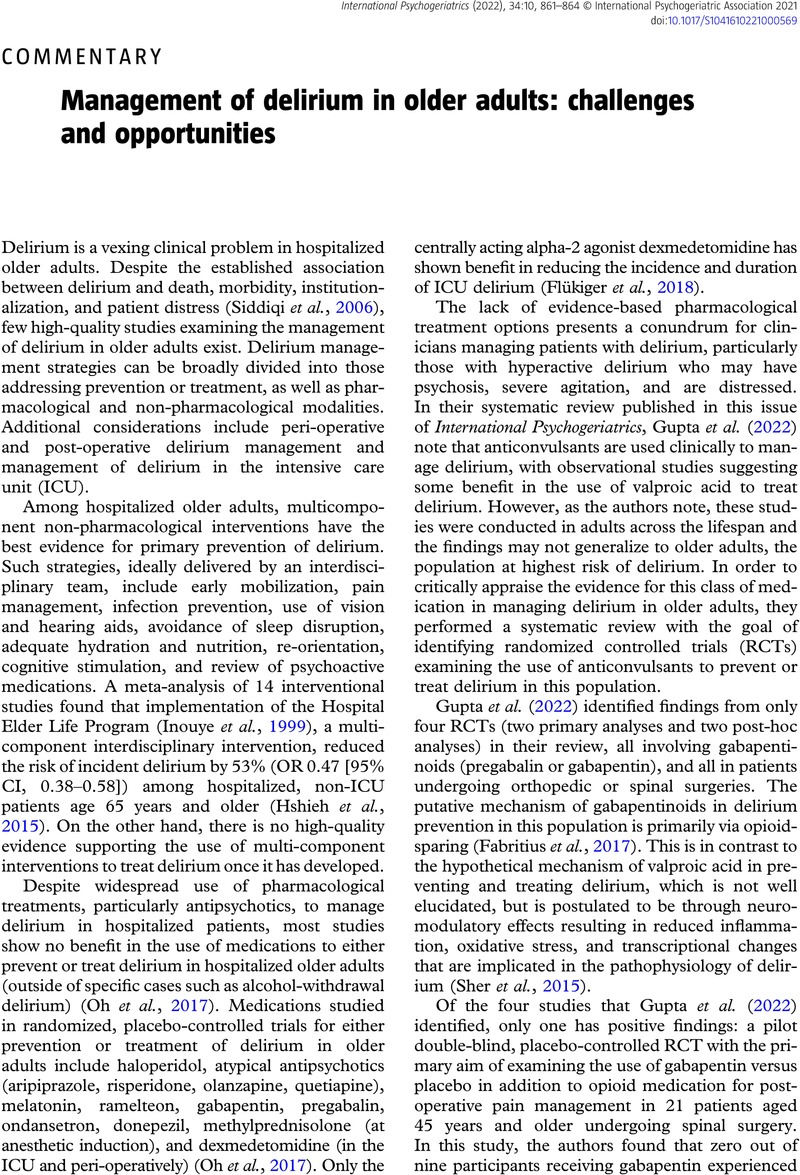Crossref Citations
This article has been cited by the following publications. This list is generated based on data provided by Crossref.
Jeste, Dilip V.
2022.
Pharmacotherapy in geriatric psychiatry: what we know and what we need to know.
International Psychogeriatrics,
Vol. 34,
Issue. 10,
p.
853.





